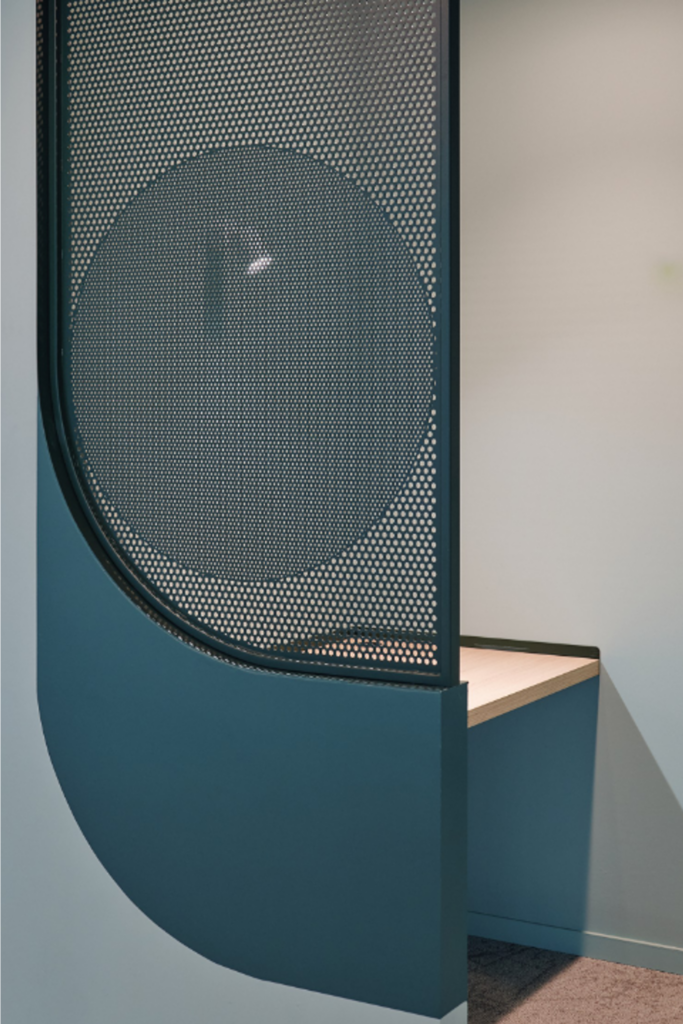
Een (niet zo)
persoonlijk
dagboek
Gedachten op de tap

EY
To bespoke or not to bespoke?
2024/06/27
✒ The question of bespoke furniture arises more and more as sustainability and circularity become essential factors in the design process. Is “custom made” an accessory or a necessity? Fixed furniture, tailored to precisely fit the singularities of a building is a coherent and thoughtful approach in the long term, provided the user shares the same vision and ethics. We implement bespoke strategies in scenarios where existing market solutions fall short, particularly in projects requiring a unique touch for functionality and brand identity. Here are some questions we’re still pondering on, and lessons we’re learning as we work and test: - Bespoke solutions involve prototyping and implementing unique models in actual projects. While this carries the risk of unproven methods, it offers the potential for exceptional outcomes. Is it worth the risk? We believe it is, as long as the approach remains reasonable and uncalculated errors don't jeopardize the overall project. - While custom solutions may initially seem more expensive, they often prove cost-effective in the long run. They ensure higher quality, reducing the need for late-stage modifications and costly replacements. - Lastly, “tailor made” means it fits to size – this size, not another – ensuring not only space and material optimization, but also a harmonious and nearly perfect fit. Words by Madalina Anghelescu Picture by MinHuy